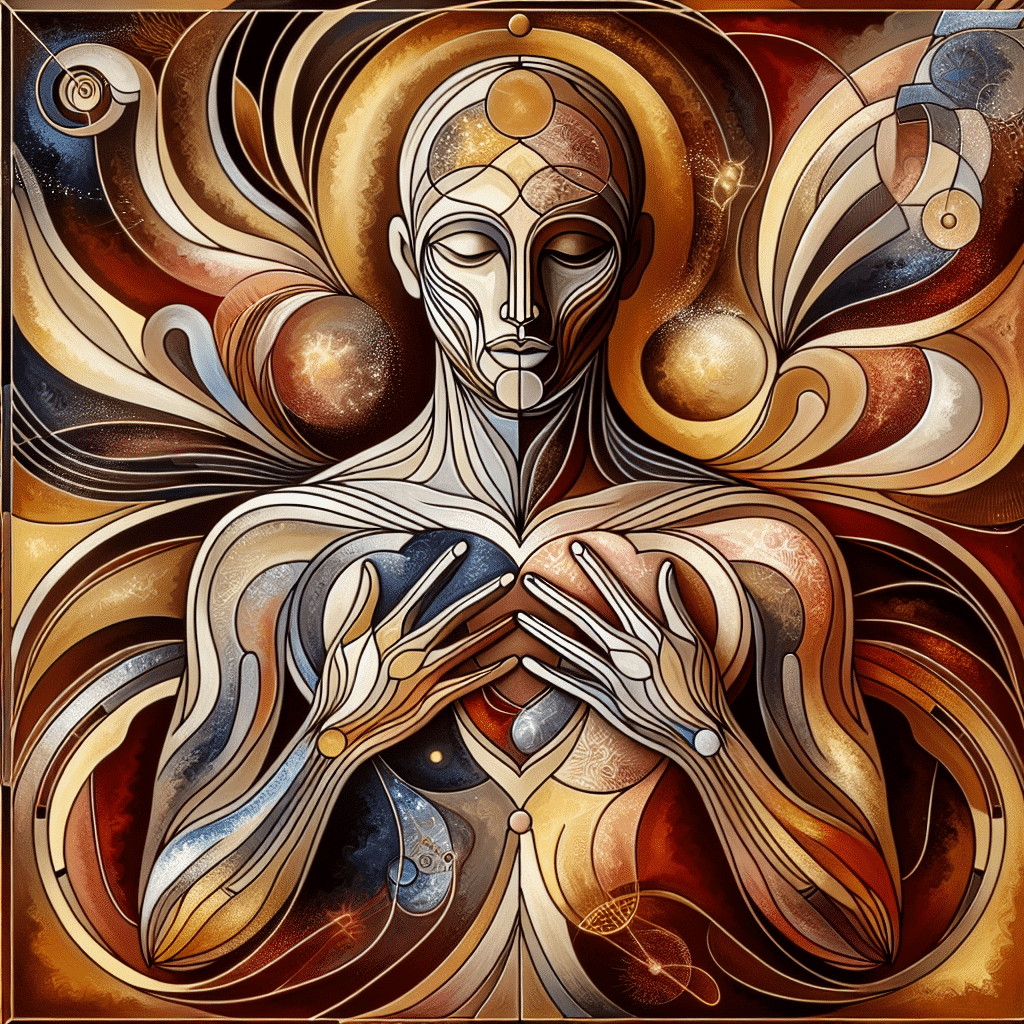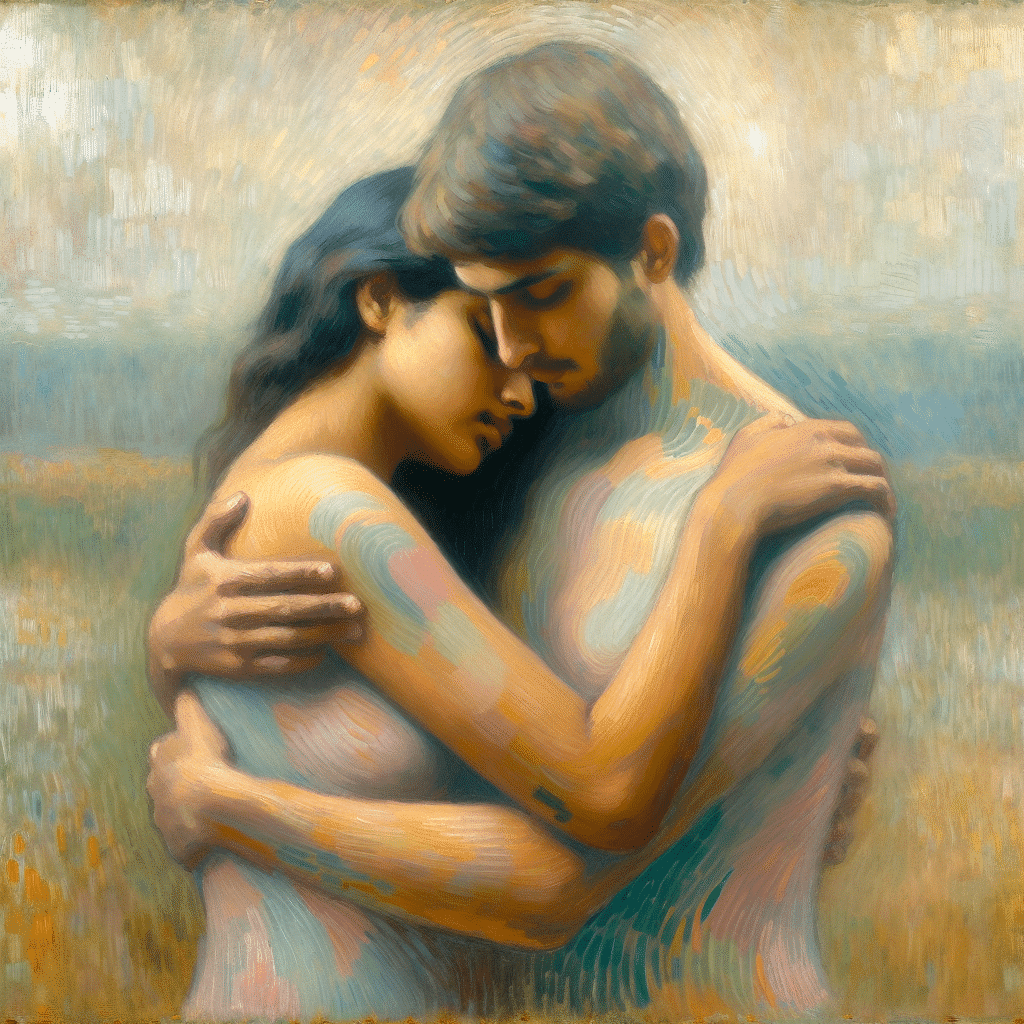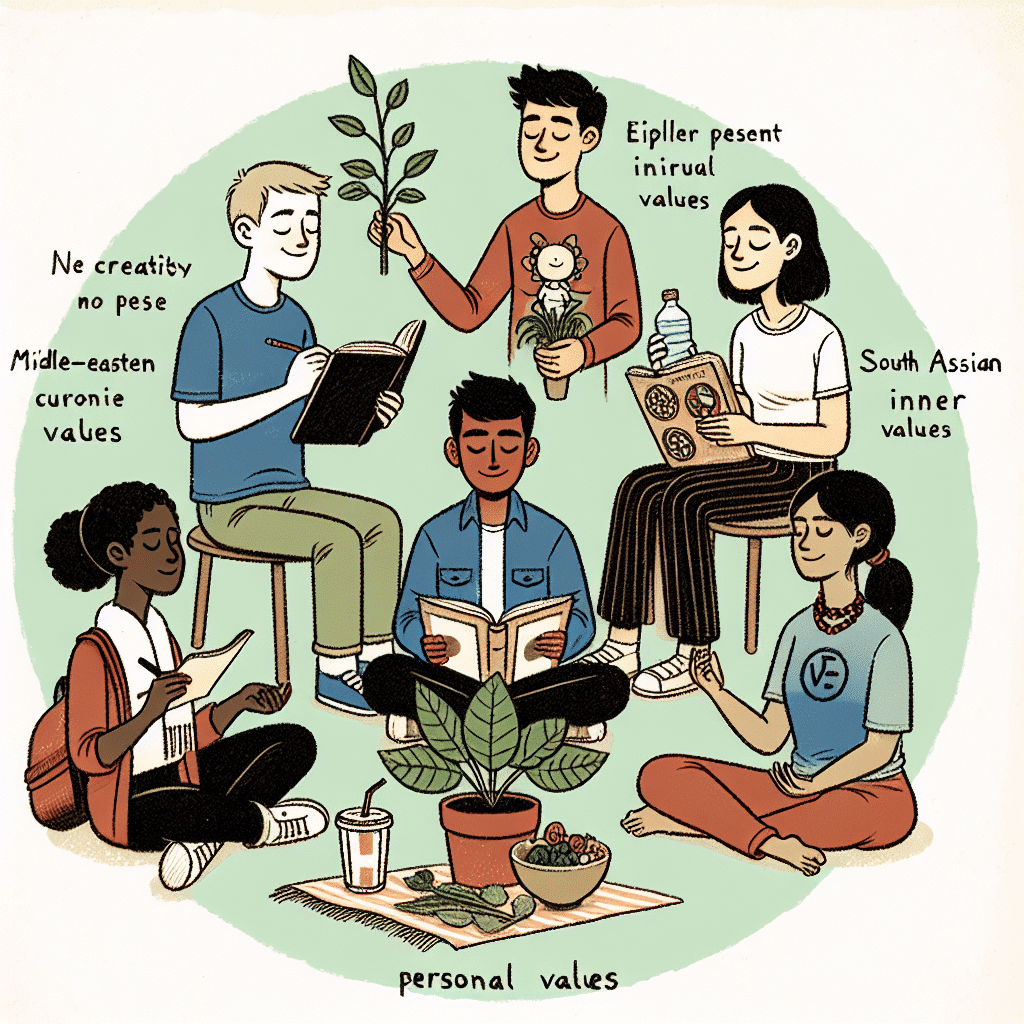
Visual arts is a diverse and expressive form of creativity that encompasses various forms and styles. It allows individuals to explore their imagination and emotions through visual representation. In this blog post, we will delve into the different aspects of visual arts and its connection to self-compassion. By understanding the power of self-compassion in visual arts, individuals can nurture their creativity, overcome self-doubt, practice self-care, and embrace resilience.
The Power of Self-Compassion in Visual Arts: Nurturing Creativity and Growth
The visual arts provide a unique outlet for self-expression and creativity, allowing individuals to explore their emotions, thoughts, and experiences in a tangible way. In this process, self-compassion plays a crucial role in nurturing creativity and fostering personal growth.
Self-compassion involves treating oneself with kindness, understanding, and acceptance, especially during challenging or difficult times. When applied to visual arts, self-compassion allows artists to approach their work with a sense of empathy, patience, and non-judgment, opening up space for experimentation, exploration, and growth.
One way self-compassion benefits visual artists is by creating a safe and supportive environment for creative expression. By acknowledging and accepting their own artistic journey, artists can overcome self-criticism and perfectionism. Instead of getting caught up in a cycle of negative self-talk, they can approach their work with curiosity and a sense of playfulness, allowing for greater creativity and experimentation.
Self-compassion also helps visual artists navigate the inevitable challenges and setbacks that arise in the creative process. Whether it’s a feeling of dissatisfaction with a piece or a perceived failure, self-compassion encourages artists to view these experiences as opportunities for growth and learning. By approaching setbacks with self-kindness and understanding, artists can cultivate resilience and perseverance, enabling them to bounce back from challenges and continue evolving as artists.
Moreover, self-compassion supports artists in embracing their unique artistic voice and vision. By recognizing and valuing their own unique perspective and style, artists can let go of comparisons and external validation. This allows them to tap into their true creative potential and produce authentic work that resonates with themselves and others.
Additionally, self-compassion promotes self-care in the realm of visual arts. Artists often face the pressure of productivity and deadlines, which can lead to burnout and exhaustion. By practicing self-compassion, artists can prioritize their well-being and establish boundaries to prevent artistic fatigue. This may involve setting aside time for self-reflection, relaxation, and self-care activities that rejuvenate their creative spirit.
In conclusion, self-compassion plays a transformative role in visual arts by nurturing creativity, fostering growth, and promoting well-being. By treating themselves with kindness and understanding, visual artists can embrace imperfections, overcome self-doubt, and celebrate their successes. Through self-compassion, they can create an environment that nourishes their artistic journey and supports their ongoing development as artists.
The Power of Self-Compassion in Visual Arts: Embracing Imperfections and Fostering Confidence
Self-compassion is a vital aspect of personal growth and development in the visual arts. It involves treating oneself with kindness, understanding, and acceptance, especially during times of self-doubt or creative challenges. By cultivating self-compassion, artists can overcome their insecurities, embrace imperfections, and foster confidence in their artistic abilities.
Overcoming Self-Doubt
Self-doubt is a common phenomenon experienced by many artists. It can be paralyzing, hindering their creativity and preventing them from fully expressing themselves through their art. However, practicing self-compassion can help artists overcome self-doubt by offering a supportive and nurturing mindset.
When faced with self-doubt, artists can practice self-compassion by acknowledging their fears and insecurities without judgment. They can remind themselves that every artist experiences moments of uncertainty and that these doubts do not define their artistic worth. Through self-compassion, artists can gain the courage to take risks, explore new ideas, and push past the limitations of self-doubt.
Embracing Imperfections
Perfectionism is another internal barrier that often plagues artists. The fear of making mistakes or producing work that is not up to their own high standards can stifle creativity and hinder artistic growth. However, embracing imperfections is crucial in visual arts, as it allows artists to learn and grow from their mistakes.
Self-compassion enables artists to view their imperfections as opportunities for growth, rather than reasons for self-criticism. By treating themselves with kindness and understanding, artists can cultivate a mindset that sees mistakes as valuable learning experiences. Through self-compassion, artists can let go of the need for perfection and create more freely, allowing their true artistic voice to shine.
Fostering Confidence
Confidence is essential for artists to fully embrace their creativity and express themselves authentically. However, confidence can be elusive, especially in a field where self-expression is deeply personal and vulnerable. Self-compassion plays a crucial role in fostering confidence in visual arts.
By practicing self-compassion, artists can develop a sense of self-worth and belief in their abilities. Self-compassion encourages artists to celebrate their successes, no matter how small, and acknowledge their growth and progress. This positive self-view can boost confidence and empower artists to take bolder artistic risks, experiment with different styles and techniques, and fully embrace their unique artistic voice.
Conclusion
Self-compassion is a powerful tool for artists to nurture their creativity, overcome self-doubt, embrace imperfections, and foster confidence in the visual arts. By treating themselves with kindness, understanding, and acceptance, artists can unleash their full artistic potential and create with freedom and authenticity.

4. Practicing Self-Care in Visual Arts: Balancing Productivity and Well-being
The Importance of Self-Care
In the fast-paced world of visual arts, it can be easy to get caught up in the drive for productivity and the constant pursuit of improvement. However, it is essential to prioritize self-care to maintain a healthy balance between productivity and well-being.
Setting Boundaries
One way to practice self-care in visual arts is by setting boundaries. This includes establishing designated work hours and creating a dedicated workspace. By defining when and where you work, you can create a sense of structure and limit the tendency to overwork.
Additionally, setting boundaries with others, such as clients or collaborators, is crucial. Clearly communicating your availability and limitations can help prevent burnout and ensure a healthy work-life balance.
Taking Breaks
Another vital aspect of self-care is taking regular breaks. Engaging in activities that you enjoy and that are unrelated to your artistic practice can help rejuvenate your mind and prevent creative burnout. Whether it’s going for a walk, practicing meditation, or simply indulging in a hobby, taking breaks allows you to recharge and approach your art with renewed energy and focus.
Prioritizing Physical Health
Physical health plays a significant role in self-care for visual artists. Regular exercise, a nutritious diet, and sufficient sleep are essential for overall well-being and can have a positive impact on your artistic practice. Engaging in physical activity can increase energy levels and reduce stress, while a balanced diet and adequate sleep promote cognitive function and creativity.
Seeking Support
It’s important to remember that practicing self-care doesn’t mean doing it all alone. Seeking support from fellow artists, mentors, or therapists can provide valuable guidance and encouragement. Joining a supportive community or attending workshops and classes can also help foster a sense of belonging and provide opportunities for growth.
Furthermore, engaging in self-reflection and journaling can be powerful tools for self-care. Writing about your experiences and emotions can help you process challenges and gain insight into your artistic journey. It allows you to practice self-compassion and celebrate your successes while learning from setbacks.
Conclusion
Practicing self-care is vital for visual artists to maintain a healthy balance between productivity and well-being. By setting boundaries, taking breaks, prioritizing physical health, and seeking support, artists can enhance their artistic practice while nurturing their overall well-being. Embracing self-care not only leads to personal growth and resilience but also allows for a more fulfilling and sustainable artistic journey.
Embracing Resilience in Visual Arts: Learning from Setbacks and Celebrating Successes
Resilience is a vital trait for any artist. In the visual arts, setbacks are inevitable. It could be a rejection from an exhibition, a piece that doesn’t turn out as expected, or feedback that challenges your artistic vision. However, resilience allows artists to bounce back from these setbacks, learn from them, and ultimately grow as individuals and creators.
One of the key aspects of building resilience in the visual arts is learning from setbacks. Every artist experiences failures and disappointments along their creative journey. It could be a painting that didn’t sell, a gallery that passed on your work, or a project that didn’t receive the expected recognition. Instead of dwelling on these setbacks, it is important to reflect on them and understand what went wrong. This analysis can help identify areas for improvement and growth. Reflecting on setbacks can also provide valuable insights into your artistic process, helping you refine your techniques and approach for future projects.
In addition to learning from setbacks, celebrating successes is equally important. Receiving positive feedback, selling your artwork, or being recognized by peers can be an incredible boost to your confidence and motivation. It is essential to acknowledge and celebrate these achievements, not only for the external validation but also for the internal affirmation of your talent and hard work. Celebrating successes reinforces a positive mindset and encourages you to continue pushing your boundaries and exploring new artistic horizons.
Developing resilience also involves embracing the concept of a growth mindset
A growth mindset is characterized by the belief that skills and abilities can be developed through dedication, hard work, and perseverance. When faced with setbacks, artists with a growth mindset view them as opportunities for growth, rather than as indicators of failure. They understand that setbacks are part of the creative process and that resilience is crucial for long-term success. By cultivating a growth mindset, artists can approach challenges with a sense of curiosity and determination, allowing them to continuously improve and evolve their craft.
Community and support also play a vital role in fostering resilience in the visual arts. Connecting with fellow artists, joining art groups or associations, and seeking mentorship can provide valuable encouragement, feedback, and perspective. Surrounding yourself with a supportive community can help you navigate through setbacks and celebrate successes together. Sharing experiences and learning from others can inspire you to persevere in the face of challenges and push your artistic boundaries.
In conclusion, resilience is essential in the visual arts. Learning from setbacks, celebrating successes, embracing a growth mindset, and seeking support are all key elements in developing and maintaining resilience. By building resilience, artists can overcome obstacles, bounce back from setbacks, and continue to grow and flourish in their artistic endeavors.

Summary
Visual arts offer a diverse range of forms and styles that allow individuals to express themselves creatively. However, in order to fully harness the power of visual arts, it is crucial to cultivate self-compassion. Self-compassion helps artists overcome self-doubt, embrace imperfections, and foster confidence in their work. It also promotes self-care and the balancing of productivity and well-being. Lastly, self-compassion enables artists to embrace resilience, learn from setbacks, and celebrate their successes in the visual arts. By integrating self-compassion into their artistic journey, individuals can experience personal growth, creativity, and fulfillment.






